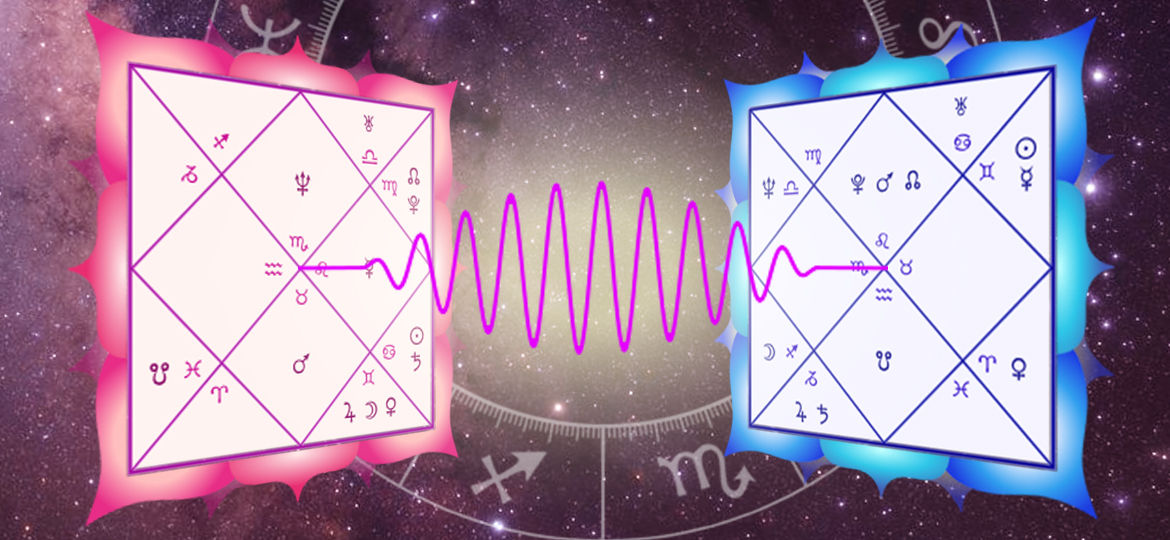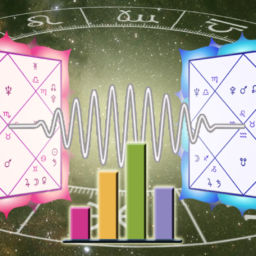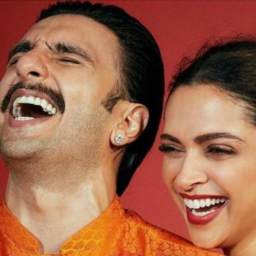Guṇa Milān - Aṣṭhakūta
This is an ancient Indian astrology method of evalucating compatibility between two people. The categories here are classically called Kūta, but in some regions in India they are called Purottama, Ānukūlya (suitableness) or Guṇa milan (qualities of coming together). The scoring of these categories differs somewhat between regions and traditions.
Varṇa Kūta
Score range: 0 to 1
This is a Rāśi (sign) guṇa based Kūta.
Also known as Jāti (birth). Varṇa can mean form, shape or color and also class or caste. This Kūta is supposed to show basic affinity on the level of core values. Some sources indicate that it is also connected to shared spiritual development, mental compatibility, as well as mutual comfort and love.
Vaśya Kūta
Score range: 0 to 2
This is a Nakṣatra guṇa based Kūta.
Vaśya means to be dependent, tamed or subdued. This Kūta is supposed to reveal the balance of obedience and surrender in the relationship. Perhaps this refers to the degree they can be selfless in their support to each other. This Kūta may also determine the level of mutual control or one-sided dominance.
Tāra Kūta
Score range: 0 to 3
This is a Nakṣatra guṇa based Kūta.
Tāra means a star and Dina means a day. This quality is supposed to indicate how fateful or predetermined the relationship is. The level of mutual health is supposed to be shown by this Kūta, along with a level of harmony and consent. It is said to contribute health and lifespan of the relationship. This is also said to indicate the degree of mutual understanding and care. This Kūta is said to increase mutual luck of the couple.
Yoni Kūta
Score range: 0 to 4
This is a Nakṣatra guṇa based Kūta.
Yoni is the Sanskrit word for the womb and the female genitalia. It is supposed to indicate sexual compatibility and quality of intimacy between the couple. Some say that it shows if sexual activity strengthens the harmony and bond the couple shares. It may also indicate a level of fertility or the capacity to conceive.
Grahamaitri Kūta
Score range: 0 to 5
This Kūta is based on the affinity between the rulers of the Moon signs.
This is supposed to indicate the level of psychological compatibility between two people, their level of bonding and capacity for mutual support. Some say it also indicates intellectual, mental and emotional connection, the foundation for a stable and permanent relationship.
Gaṇa Kūta
Score range: 0 to 6
This is a Nakṣatra guṇa based Kūta.
Gaṇa can mean a tribe or a group. This category is considered vital to evaluate how compatible the couple is with regard to views and opinions, or the basic guidelines for living. This seems to be the most psychological of all the categories as it compares the core essence of the temperament of each individual.
Rāśi Kūta
Score range: 0 to 7
This is a Rāśi (sign) guṇa based Kūta.
Rāshi means a heap or simply an astrological sign. This parameter is considered important in evaluating prosperity, productivity, growth and longevity of the couple together. Alongside these factors, many consider this category important for emotional attachment, children and good luck in general.
Nadi Kūta
Score range: 0 to 8
This is a Nakṣatra guṇa based Kūta.
Nadi means a stream or a river. This refers to the flow of energy that sustains health and the life force. This category correlates to the 3 doṣas of Ayurveda and the emphasis here is the compatibility of energetic physical and mental vitality. Furthermore, this category is considered important for prosperity, reproduction and childbirth.
Other Kūtas
Praśna Marga was written by Narayanan Nambutiri, in 1649 A.D. in a place called Edakkad near Thalassery in the state of Kerala, India. In addition to the 8 Kūtas mentioned above, this book details 14 additional Kūtas, which deserve further scrutiny and study.
These additional categories will be discussed in a separate article.
- Rajju
- Vedha
- Mahendra
- Strī Dīrghā
- Gotra Kūṭa
- Yonyānukulya Kūṭa
- Vihaṃga Kūṭa (Pakṣi)
- Nakṣatra Bhūta Kūṭa
- Rāśi Bhūta Kūṭa
- Vayanukulya
- Aṣṭakāvarga
- Chittanukulya
- Āya-Vyaya Kūṭa
- Ṛṇa-Dhana Kūṭa


